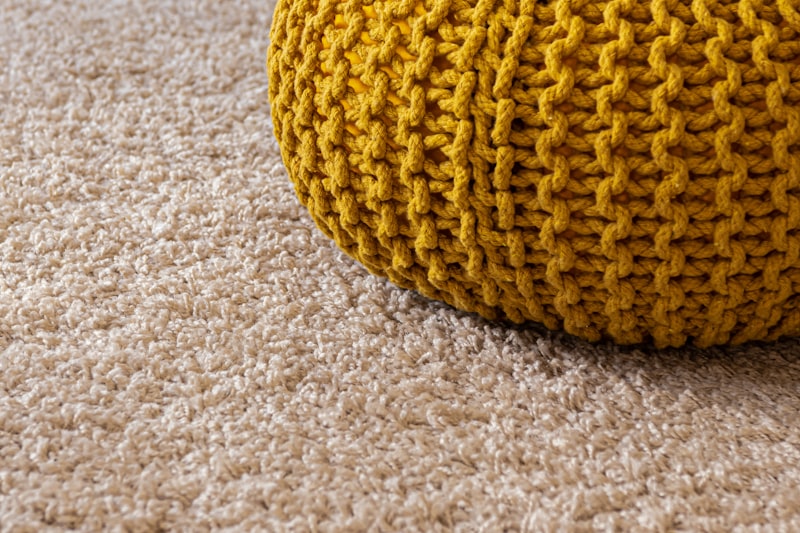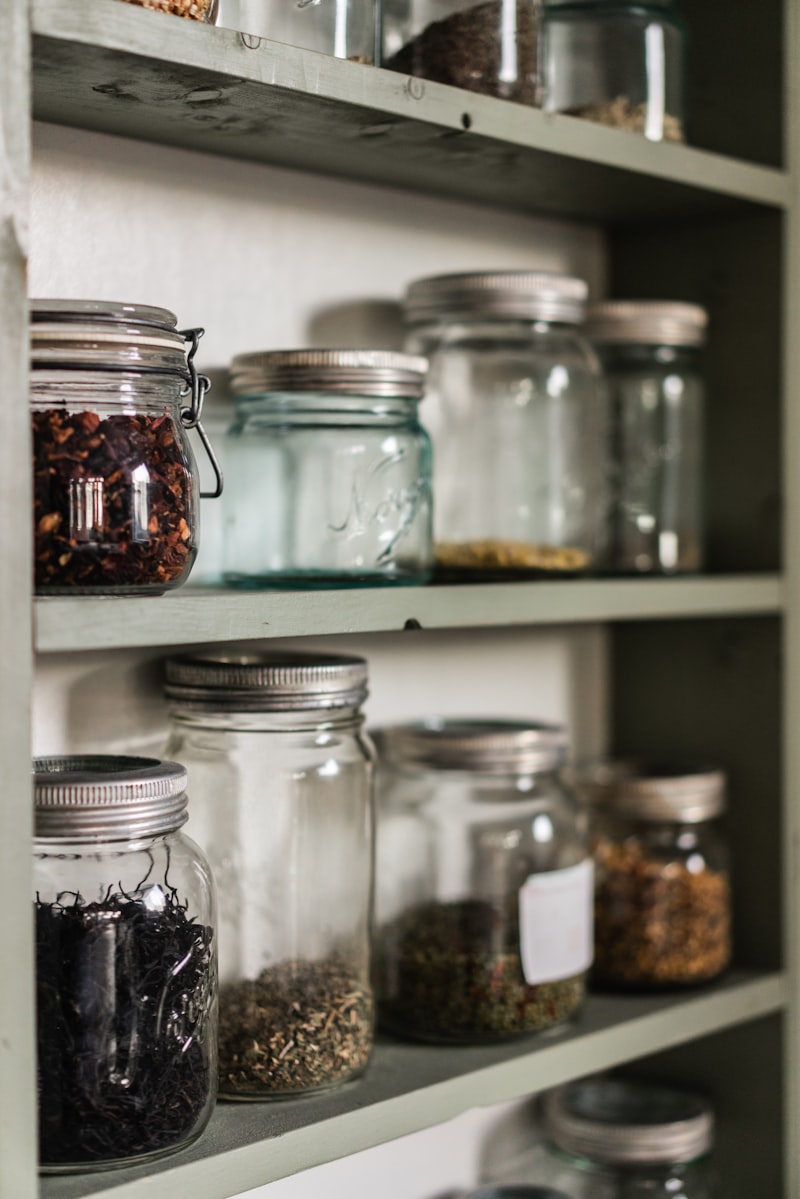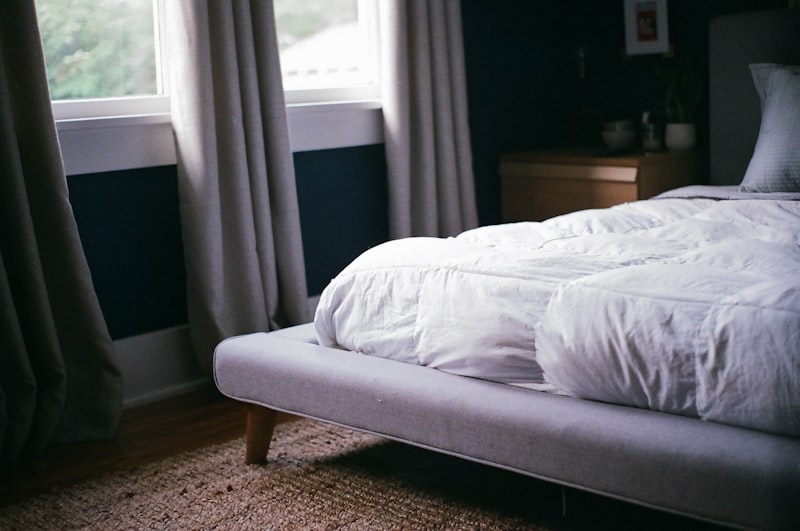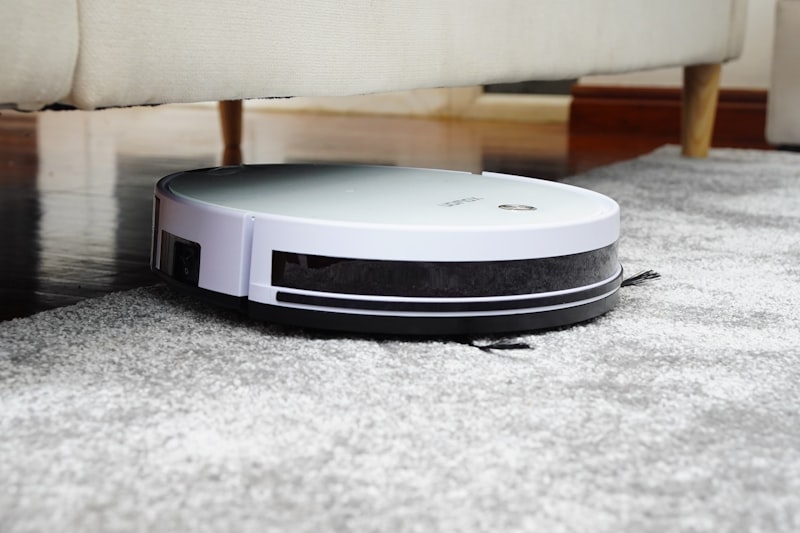Please note, this post is sponsored by Diamond Bloggers. All opinions expressed are my own, thank you.
With a new warm-weather season at hand, it’s time to conquer those deep-cleaning chores, both indoors and out, that help you and your family enjoy a clean and comfortable home this coming warm weather season.
Personally, I love seasonal cleaning- it helps me prepare my outdoor spaces in a non-chaotic, orderly, and somewhat fun manner. And what better way to usher in the upcoming fall season than a clean, orderly home?
With this in mind, I want to share with you all how I break down my own season chores as part of my Seasonal Cleaning Checklist. A list to help you get your home in its healthiest shape before the summer starts. But even with Summer now upon us, there’s still plenty of time to get these healthful cleaning hacks underway. Here’s how to get started:

Summer Maintenance
I also like to perform a general outdoor maintenance checklist to include making sure the caulking around windows and doors is in proper order and inspect external doors and garage doors for gaps that can cause drafts. I also like to make sure the exterior windows are cleaned and, weather permitting, touching-up paint as needed.
Another area of measure includes cleaning gutters and making sure to examine and repair exterior spigots as needed. There’s also flooring for homes like my own that contain commercial flooring, including lvt tile. Finally, make sure to clean out birdhouses and feeders. Then purchase new feed accordingly.

Roofs
One of the lessons I learned first and foremost as a homeowner was to maintain the integrity and value of my home by valuing my home’s roof. Maintaining your roof allows you to maintain the beauty of your home’s exterior, maximize and protect your dwellings investment, help prevent health issues within your home, and save money over time preventing higher energy bills at home.
All of which start with a clean, properly maintained roof at home! And for homeowners who are seeking a more singular less weekend warrior approach to roof maintenance this season, then you should definitely look into seasonal roofing services before the official start to winter this season.
With professional roof servicing being typically quoted by the square foot and tile type. However, the size of the job, roof pitch, landscaping, and overall severity of the stains are also factors that can influence the overall cost. Costs as necessary as they are affordable to most homeowners at home.
Let’s also not forget how slippery leaves can be after spring rains. Why risk the potential hazards of slips and falls when you can trust the care of one of your home’s best lines of defense with professionals? After all, the upfront costs of having your roof professionally cleared and cleaned, along with gutter cleaning services, can help maintain the value of your home. Which will help, later on, prevent costly repairs later in the year?

Decks and Patios
Springtime has us all longing for those beautiful backyard get-togethers, barbecues and times spent running through the sprinkler. But before you start sending out the invitations to your first warm-weather bash of the year, you will want to thoroughly spring clean your decks and patios to get them entertainment ready.
Starting with giving your outdoor spaces a proper sweep to remove any remaining leaves from the fall, and removing any debris that has made its way to your outdoor spaces before returning planters or adding additional greenery and annuals to your planters this season.
It’s also a great idea to powerwash the entire deck or patio to help break up and tackle any stains or oily spots on your common outdoor surfaces. Using a stiff broom or scrub brush, can help remove stains. This is also a great time to replace any planks and flooring beyond basic repair. Including dock products from Decks & Docks Lumber Company.
Follow these repairs by cleaning off your outdoor patio furniture by removing any cushions or textiles from the furniture and wash them according to their specific directions. Making sure to wipe down the furniture to remove any excess dirt and debris. Replace any furniture or cushions that are unable to be cleaned or broken. And the best accessory for a newly power-washed deck or patio area? New patio furniture, of course. Shopping for new patio furniture? Here’s a guide to help you purchase the best patio furniture for your home this season
The season for outdoor entertaining is upon us, celebrate with a beautifully clean patio or deck, but with a few simple outdoor Spring cleaning sessions, your outdoor entertaining spaces will be entertainment ready long before warm weather season hits!
Friends, those are the three seasonal chores you should be attending to at home before the start of Spring this month. Now I want to ask, what are seasonal chores you are currently undertaking at home to prep your home this fall? Share your thoughts below!




















